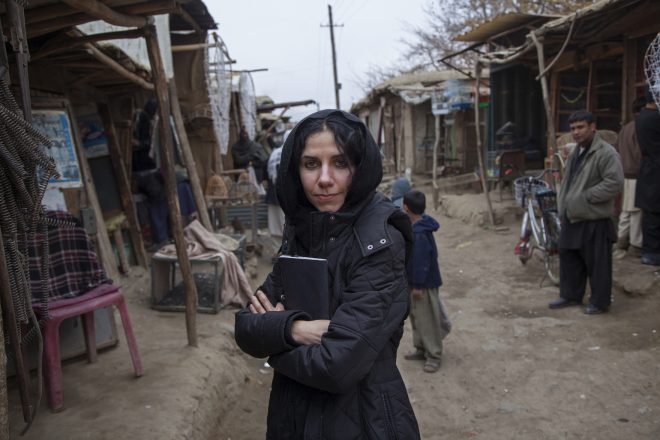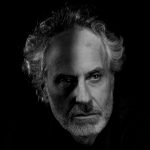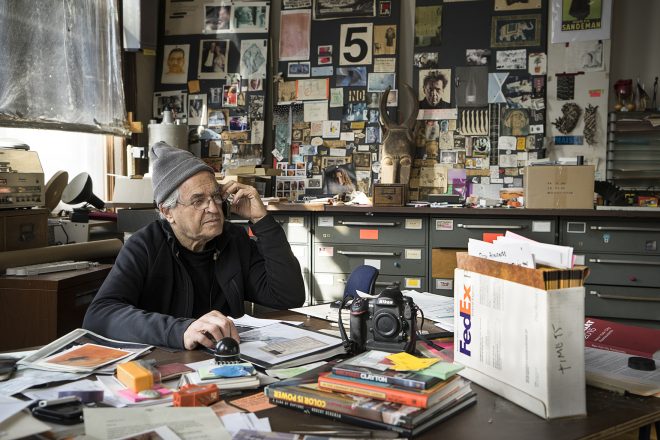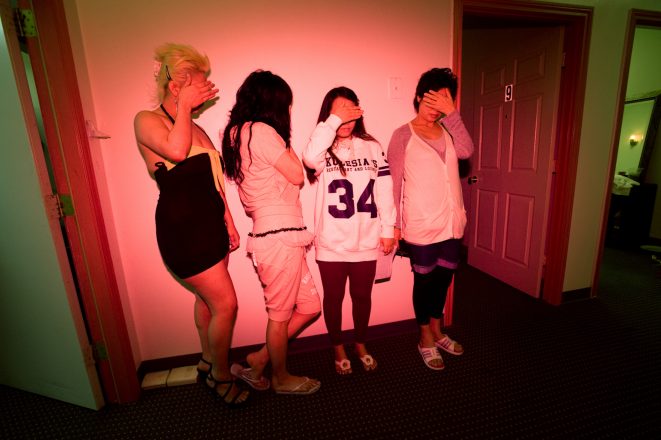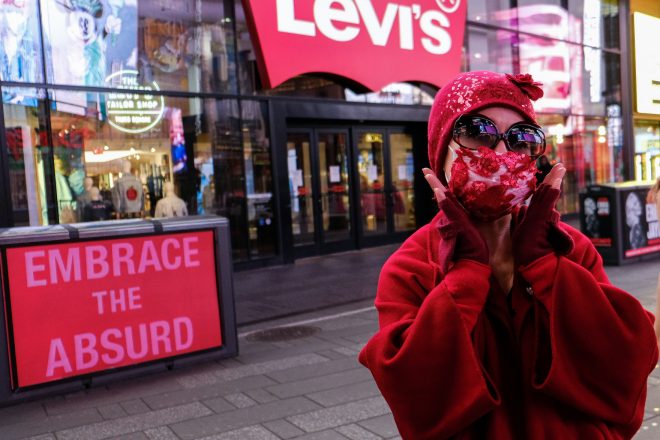As television shows can now travel everywhere with us like a book, they take on a greater significance, especially when the places you are watching them are also where they are set. When I travel somewhere new, especially for work, I bring some books that are set in, or at least about, that place. It can culturally acquaint you in a way that is so intimately familiar, the place has slipped into your consciousness even before you arrive. And it’s the same now for binge-worthy television series.
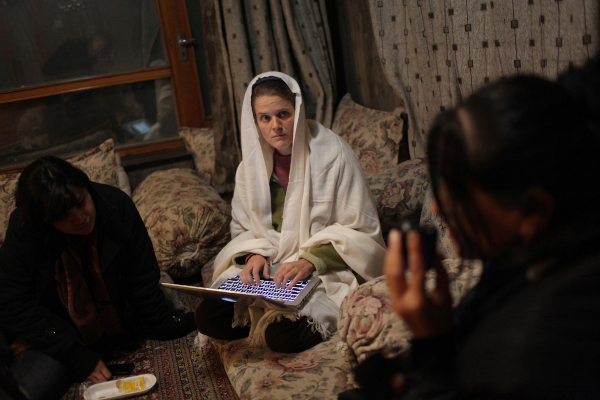
I was in Afghanistan in 2012, working on a project with the writer and poet Eliza Griswold, who recently published a new collection of poetry If Men, Then, some of which was written on this trip. This was our second time that year in Afghanistan, working on a project about landays, anonymous, frank and sometimes raunchy poetry written and performed by Afghan women. We were in Jalalabad to gather new landays, and meeting female journalists and writers who were facing strong, sometimes lethal, opposition to their work and their struggle for freedom of expression. It was not a secure environment and though we were under the radar because we were staying with a local NGO, it was never truly safe. Were we seen driving in and out of the driveway? Were the local staff or guards happy and trustworthy? Some things are out of your control. All it takes is one call on a mobile phone, and everyone has mobiles.
We had turned in for the night; Eliza was sharing her room with our female Afghan interpreter. Unable to sleep, I started watching Homeland, which had become an addiction before leaving my home in London, on DVD on my laptop. Eliza was similarly smitten by the show, but, concerned some of the situations and nudity might cause problems with her young Afghan roommate, she abstained from also watching.
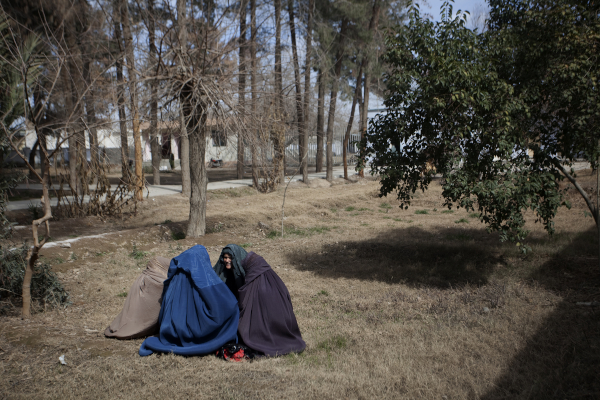
My love for Homeland was quickly rekindled as I raced through episodes in my room, arriving at the gobsmacking climax of a suicide-vested Brody being locked in the bunker with his quarry, the President of the United States. Could he? Would he, wouldn’t he? The intensity of it all was only heightened by listening with earphones and having an awareness of the shared sense of danger the characters and I were experiencing. I drifted off to sleep and then suddenly heard a loud, reverberating blast. All-too real, it had to be nearby. But was it real, or was it Homeland? I learned later, it was the blast from a suicide bomber who had blown himself up a few miles away, followed seconds later by another explosion as the other bombers had struck the airport, none of which I knew at the time. To me, we had been the targets in an operation that must have backfired.
I quickly turned off the laptop, believing there was some hacked symbiosis going on that night between Showtime and Jalalabad. Our house and its neighborhood contrasted dramatically with Carrie and Brody’s world, as it was covered in a deathly quiet, the kind of quiet that never exists in screen reality, like how darkness is never truly black. I was now back in the world where my safety was no longer covered by conventions of weekly plot devices, guaranteeing viewers immunity beyond the onscreen carnage. Score-settling in Homeland doesn’t wait around. I hauled the blankets over my head and miraculously fell back into a deep sleep.
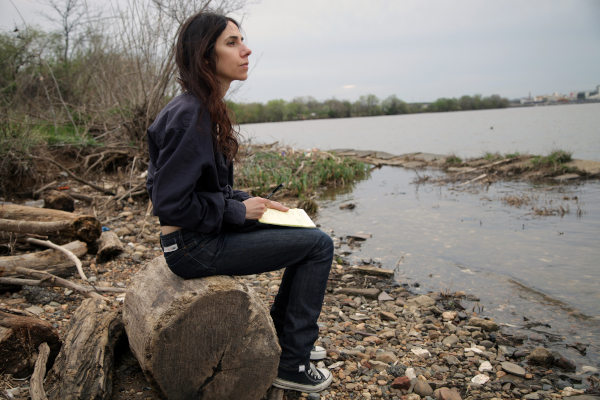
Two years later, I was in the U.S. with another artist, PJ Harvey. Polly and I were collaborating on an ongoing project and had ended up in Washington, D.C.
In 2009, Polly had seen my photography from Afghanistan and got in touch. She was interested in my work and the world I worked in, so we met and did a lot of talking. In 2010, I took some portraits of her and she handed me a demo of what was to become her album Let England Shake and asked me to have a listen. She wanted to know if I felt her writing, culled from deep research and reading on war, rang true. As a demo, it was stark and acoustic, but I was knocked out by its emotion and veracity, framed by a very British sensibility. She asked me to make some music films for the record and I ended up making 12 Short Films, one for each track.
For our next project, we planned to do some traveling, the idea being to have some shared experiences in real time together. She would write and I would shoot. We took trips to Kosovo, Afghanistan and Washington, D.C., which led to her album The Hope Six Demolition Project, a book of poetry and photography we co-authored called The Hollow of the Hand, and my feature documentary A Dog Called Money (which comes out in the U.S. this week).
We set out with a very open strategy, to try to go to the places we found interesting and relevant, taking stock as the piece progressed. This was important as both of us were entering unchartered territory; me working directly with an artist and her traveling and working in remote and uncertain conditions. We also pledged that if either of us felt things weren’t working, there would be no obligation for us to continue.
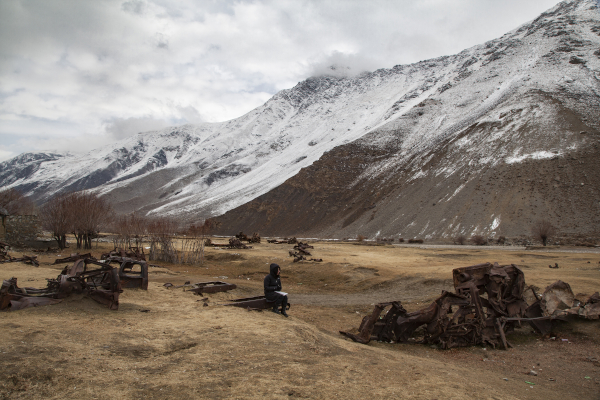
An invitation to screen and talk about 12 Short Films at Dokufest, a lively film festival in Prizren in southern Kosovo, launched the project and we found we could indeed work and travel together, and liked doing so. We had talked about Kosovo early on, and it had been an obvious choice; I had covered the conflict there since the late 1990s, so I knew my way around and Polly had followed events there when it was front page news.
Towards the end of my Homeland-tinged trip to Afghanistan, I got the idea of inviting Polly to join me in Kabul. I had been photographing Afghanistan since 1994, and Polly had long held a fascination for the country. The conditions were good for a short trip, bombers and kidnappers notwithstanding, and I knew she would take something unique from the experience and write about the country in a fresh, different way for another kind of audience, which I believe she did with her poetry and songs.
Washington, D.C., was somewhere culturally closer to home. The capital of the seat of power of the Western world, where the fate of people in places like Kosovo and Afghanistan are wrangled over, surely demanded some scrutiny. We heard about neighborhoods of the city with social problems inconsistent with its status as a world leader, and decided to go there.
We started out doing due diligence in the Hollywood version of the nation’s capital. At the end of each withering day traipsing around the least American-looking city in the country and becoming further enervated by the seasonal cherry blossoms gifted by a Japanese emperor, we escaped into the exciting and labyrinthine world of House of Cards, which I had brought with me. I was as usual traveling prepared, clearly having learned nothing from my Homeland/Jalalabad horror. I shared the show with Polly and our breakfast chats were animated not by our goals to understand the underbelly of the system but by what was going on now with the Underwoods. The banality of Foggy Bottom was hard-put to compete with this gripping, rotting Camelot.
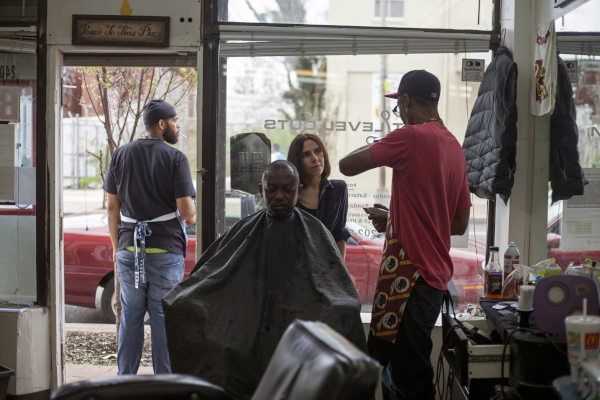
Eventually, by crossing the river, we met some extraordinary people in Anacostia in the South East of D.C., particularly Paunie and her friends, and also the heavenly choir of the nearby Union Temple Baptist Church. They showed us great generosity by sharing a little of their lives and helped us tell fragments of their story. Reality usually triumphs over fiction when you meet the right people.
The project is now complete – album, book and now the documentary. But that box-set viewing had an impact, even leaving something of a legacy. Polly has been scoring television series, including the British television series Peaky Blinders and The Virtues. And Eliza’s recent Pulitzer-winning book, Amity and Prosperity, is to be made into a television series.
Featured image shows PJ Harvey in the town of Charikar, Afghanistan, during the making of A Dog Called Money. (Picture by Seamus Murphy.)



